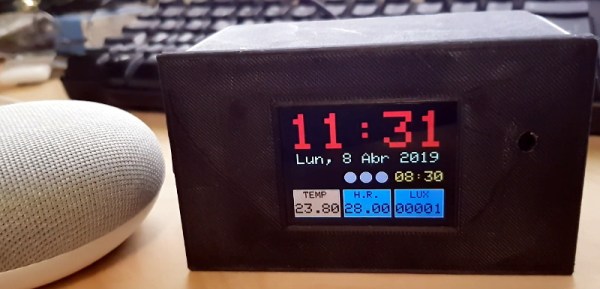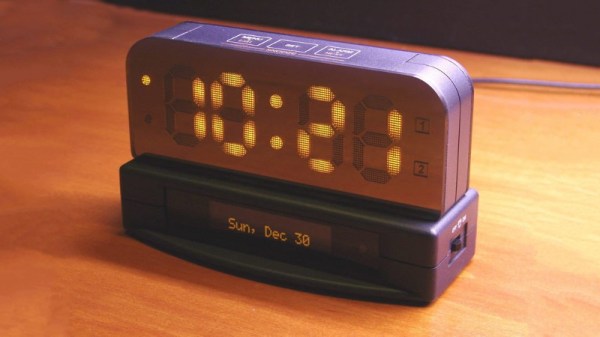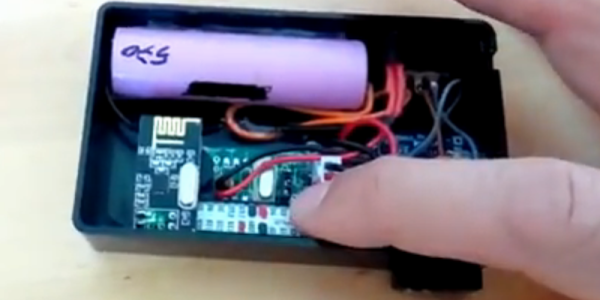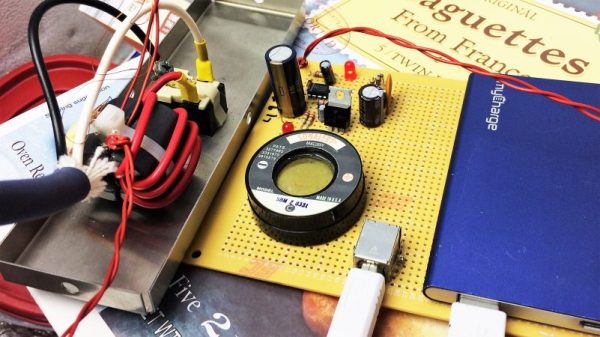When a tip comes in and the tipster feels they have to reassure us that despite appearances their subject is not facilitating crime, it certainly gets our attention. [Flam2006] has a Brinks home security system which can only be configured using a special device only available to installers, and though they managed to secure one through an eBay sale they went to the trouble of reverse engineering its protocol and writing a software emulator in Python. When an owner hacks their own security system to gain full control of something they own, that’s right up our street.
The communication is via an RS485 serial line, and follows a packetised structure with binary rather than ASCII data. There is an almost plug-and-play system for identifying devices connected to a controller, though it is restricted to those devices which the controller already knows about. There is a video of the official method of programming the controller, as well as one of the software in action. We’ve posted them below the break for your delectation.
The ability to perform these tasks on your own property is an important right that has at times been placed under threat by legislation such as the DMCA. We’ve touched upon it countless times, but probably the most high-profile example that we and the wider media have covered are those stories concerning the parts lockdown on John Deere tractors.
Continue reading “This Owner Took Control Of Their Proprietary Alarm System”




















